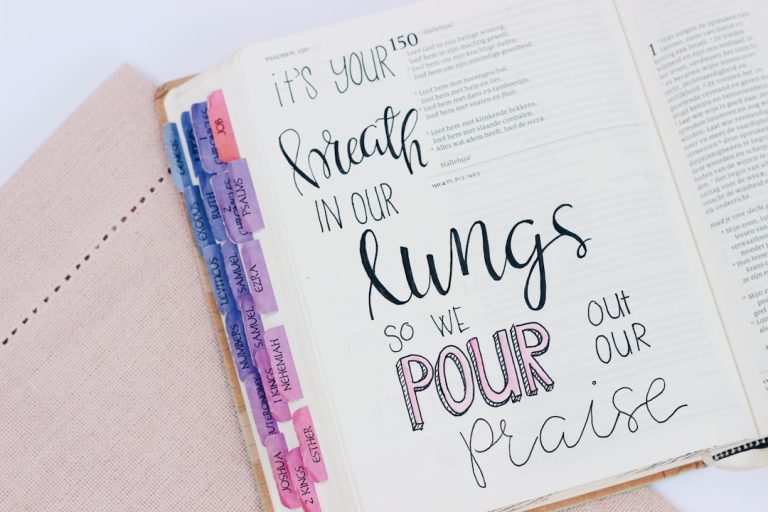Communication is the cornerstone of business. Without it, you’ll never be able to connect with your audience and turn your leads into customers.
The way you communicate will either create an emotional response or it won’t. It can be either positive or negative.
That’s why it’s important to understand the psychology of communication. It’s also essential to understand what people want to hear.
In this post, I’m going to give you 7 simple steps you can use to improve your communication skills.
STEP 1: Understand Your Audience
The first step in communicating better is to understand your audience. What do they want to hear? What are their needs and wants? Who are they?
It’s easy to get caught up in thinking about yourself and your needs. You may think that “I want my message to be heard.” But in reality, the needs of the audience will always come first.
STEP 2: Write From a Place of Love
The second step in communicating more effectively is to write from a place of love. If you’re not sure where to start, think about what you’re passionate about.
If you don’t have an answer for this, you can start by writing about a topic you care about. The more you care about it, the easier it will be to communicate your message.
STEP 3: Don’t Think, Just Say It
The third step in communicating better is to simply say it.
Your audience doesn’t want to hear your opinion or your ideas. They want to hear what you’re passionate about. They want to hear you say what you believe.
If you’re not sure what to say, you can always start by saying something like, “I care about _____” or “I’m passionate about _____.”
STEP 4: Be Yourself
The fourth step in communicating better is to be yourself.
If you don’t have an answer for what you want to say, you can start by saying, “I don’t know what I’m going to say.”
It’s much more effective to be honest and say that you don’t have an idea than to pretend to have one when you don’t.
STEP 5: Ask Questions
The fifth step in communicating better is to ask questions.
The key to asking questions is to avoid being too direct. For example, you could say, “What do you want me to do?” instead of “Can you tell me what you want?”
This is especially useful when dealing with a prospect that’s not used to working with a writer. It’s much easier for them to answer a question they’re asked rather than answering their own question.
STEP 6: Create a Framework
The sixth step in communicating better is to create a framework.
A framework is simply a guide to follow. It helps you keep your message consistent across all communication channels. It also makes it easier for you to remember what to say.
For example, you can say “I’m passionate about helping people connect with their audience.”
You can then use this framework to write all of your other content.
STEP 7: Be Honest
The seventh step in communicating more effectively is to be honest.
When you’re honest, people will listen.
If you’re not sure what to say or if you’re not sure what your audience wants to hear, you can always start by saying, “I don’t know what to say.”
It’s better to be honest and admit that you don’t have an idea than to pretend that you do. Thanks for reading!



